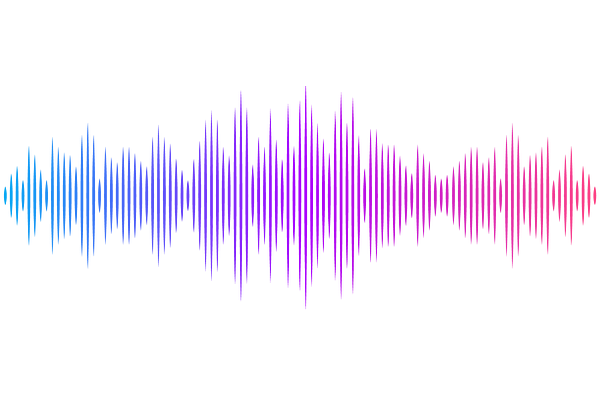New X-ray Supernova Remnants in NGC 7793

New X-ray Supernova Remnants in NGC 7793
Maria Kopsacheili, Konstantina Anastasopoulou, Nanda Rea, Claudia Patricia Gutiérrez, Lluís Galbany
AbstractThis work focuses on the detection of X-ray Supernova Remnants (SNRs) in the galaxy NGC 7793 and the study of their properties. X-ray SNRs in galaxies beyond the Local Group are rare, mainly due to the limited sensitivity of current X-ray instruments. Additionally, their identification requires an optical counterpart, making incomplete optical identification methods an extra challenge. Detecting X-ray SNRs in other galaxies is crucial for understanding their feedback in different evolutionary phases and gaining insights into their local interstellar medium. In NGC 7793, only one X-ray SNR was previously known, while a recent study reported nearly 240 optical SNRs. The discovery of a new, larger optical SNR sample motivated a re-examination of the X-ray SNR population by comparing optical SNRs with X-ray sources. To identify X-ray SNRs, we utilised Chandra's spatial resolution and analysed all available archival data of NGC 7793, totaling 229.9 ks over 19 years. After data reduction, we performed source detection and analysis, searching for X-ray sources coinciding with optical SNRs. We also used XMM-Newton for spectral analysis of the confirmed and candidate SNRs. We detected 58 X-ray sources down to an observed luminosity of $\sim 1.5\times 10^{36}\, erg\, s^{-1}$. Among them, five X-ray counterparts to optical SNRs were identified, all presenting soft emission (<1.2 keV) with no short- or long-term variability. One corresponds to the previously known X-ray SNR, while four are newly detected. Spectral modeling of two SNRs shows thermal spectra exceeding 2.5 million K, with strong OVII, OVIII, and NeIX emission lines. A correlation between density, X-ray luminosity, and source softness was observed. We also report X-ray emission from supernova 2008bk, refining its position, and suggest two candidate X-ray SNRs with soft, non-variable spectra, one resembling the identified X-ray SNRs.